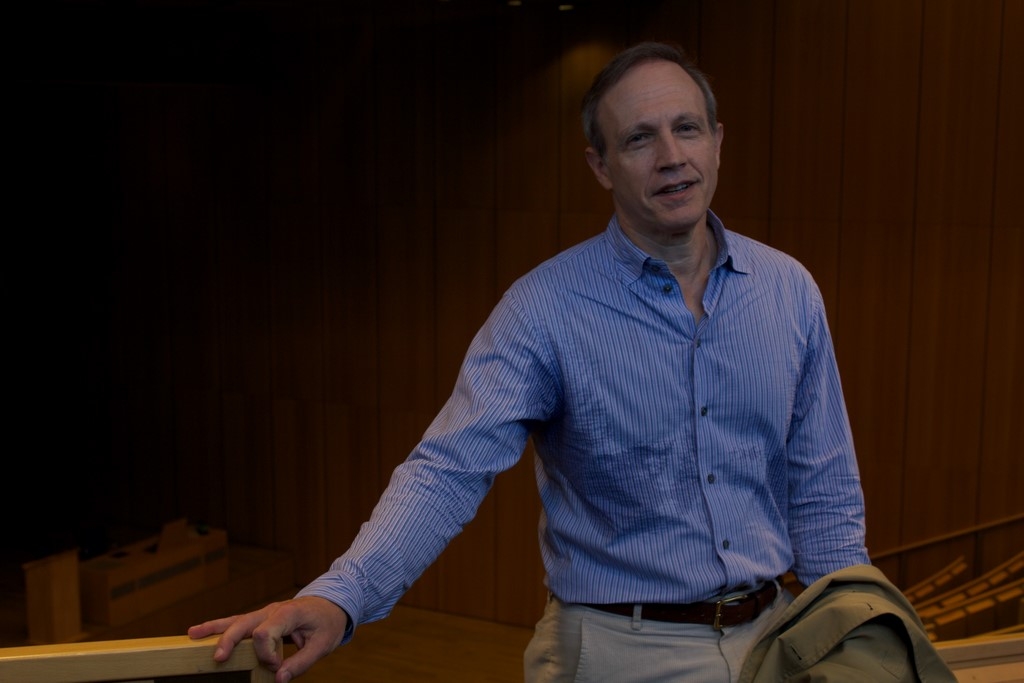Somaesthetic Multiculturalism
The project of somaesthetics has multicultural roots. Inspired by ideas and body practices from the ancient philosophies of Greece, China, India and Japan, it also draws on theories of modern Western philosophers and contemporary body-mind therapies such as Alexander Technique, Bioenergetics and Feldenkrais Method. A fundamental idea of somaesthetics is that the soma (the living, sentient, purposive body) is the integrated product of body, mind and culture. The soma is always cultural; even in the womb, the foetus is being introduced into culture through the food the mother eats, the music she listens to, her ways of exercise, stress, etc. After explaining the multicultural roots and recognizing the richness that cultural diversity brings to somaesthetics, the lecture will consider the practical problems raised by such a multicultural approach. Different cultures (including the various subcultures of a given culture) encourage different somaesthetic practices that are sometimes in tension with each other. How does one deal with such differences and tensions in one’s attempt to enrich one’s somaesthetic experience and expertise through the rich cultural variety of somaesthetic disciplines without falling into confusion and inner conflict?

